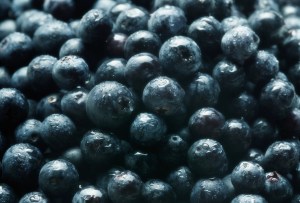The global hunger for microchips is rising at breakneck speed, and to meet the high demand, producers must further automate their factories. Enter the KMR iiwa CR from Kuka Robotics.
The KMR iiwa CR consists of a cobot and a mobile platform, and it offers a reliable, productivity-raising automation solution for the transport of highly sensitive semi-conductor substrates (wafers).
Also, thanks to Wiferion’s etaLINK 3000 inductive battery charging system, the system complies with the highest standards of cleanliness, productivity and safety.
With the KMR iiwa CR, Kuka now has a mobile cobot for the safe handling of sensitive components like wafers in its portfolio, which also meets the highest standards of cleanliness due to the inductive charging technology.
Thanks to its innovative navigation software, the KMR iiwa CR works autonomously in cleanroom environments, loads and unloads the wafer cassettes independently, and takes them to the next work station, all in compliance with strict ISO 3 cleanroom conditions.
According to Jakob Brandl, portfolio manager mobility at Kuka, the supply of energy to the KMR iiwa CR is one of the central features for compliance with ISO class 3.
“Traditional battery charging systems with sliding contacts are not suitable for a demanding cleanroom environment,” explained Brandl.
“Copper abrasion occurs during each charging process. The particles spread around the production environment and may damage the precious wafers in extreme cases.”
In addition, the charging technology allows production to be maintained without interruption for charging the battery.
“We charge our cobot using in-process charging. With this, the robot drives during the pick-and-place process over a charging station and is charged in the process – without any loss of time,” added Pascal Caprano, head of industry management concept engineering at Kuka.
The cobot also sets new standards in terms of safety, thanks to the inductive power transfer.
While traditional contact charging plates sit a few centimetres above the floor so that the energy supply works despite a robot being clear of the floor, Wiferion’s charging plates are very flat and can be installed flush with the floor.
“In this way, we can eliminate the danger of employees tripping over in the cleanroom. In addition, no maintenance is required due to broken or dirty contacts. Overall, we are thus increasing process safety throughout production,” said Brandl.
For Kuka, efficiency was also decisive in choosing the inductive charging system.
“Our robot only has a few minutes to carry out a handling task. It is extremely important for us to be able to call on high charging currents in this short time. This means that Wiferion is offering us the ideal solution for an efficient 24/7 system operation,” Caprano concluded.






